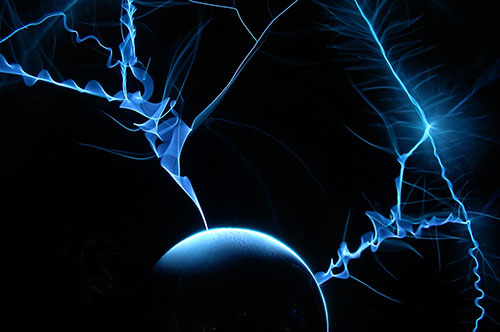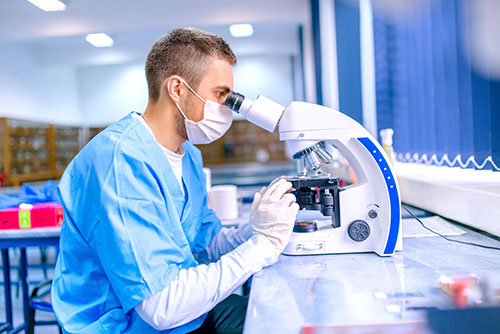One of the biggest issues with running a laboratory is how much it takes to manage it. Most labs require extreme supervision for safety and control purposes. However, the real danger comes from the problems that cannot be visibly seen. Too low or too high of humidity can do just as much damage to a lab as any safety error. The solution we will explore is the use of ultra sonic humidification.
Without a solid humidification solution, low humidity can cause major damages to expensive equipment that may be used every day. Tools like spectrometers, scanning equipment, and electronic microscopes can cost upwards of thousands of dollars to replace. This is the last thing that should ever happen to a lab, especially if it is something that can be controlled.
Before jumping into the ways to prevent these damages with ultrasonic humidification, the first thing to understand is why humidity can cause problems for laboratories.
How Does Humidity Affect the Conditions of Lab Equipment?
Sudden rise in air temperature can instantly cause condensation to develop and form on the surface of all lab tools. This can happen when power is cut off, or shutting down air conditioning for a few minutes. A simple interval of increased temperature can create an extreme fluctuation in humidity.
When condensation forms, there is an increased risk of inaccurate readings and equipment breakdown. False readings lead to possible situations where the reputation of the lab can be put on the line, more money spent on continual maintenance of the equipment, and forcing work behind schedule.
Most lab equipments desire a relative humidity (RH) of 40-50%. Using a humidifier with an automated control settings will help maintain the RH at a steady level throughout the day.
However, there are other threats that can arise from humidification issues.
The Problem with Static Electricity
When the air in the lab becomes very dry, employees may experience static shock in various areas. Although this may be unimportant initially – common areas are door knobs and random metal items – once it begins to affect lab equipment, things can get serious.
Equipment used for lab testing can become damaged from electrical shocks. On top of the inaccurate readings and equipment damage, the main concern comes from the dangers of employee to equipment contact, especially if they are using it for their tasks.

Wooden Furniture Hydration Control
Wood is known to bend and buckle when it becomes too dry or too wet. Not controlling the humidity can cause the wood to warp. A wooden table, for instance, could end up breaking while supporting expensive equipment.
Health of the Lab Employees
Low humidity can drastically affect the health of people. This could mean the entire team can get bronchial illness, which will put everyone out for a substantial amount of time. Failure to fix the humidity even after an event like this occurs can cause backlash from the employee. This more times than not will result in frustration and employees quitting to find new jobs elsewhere.

How Will Ultra Sonic Humidification Help Prevent These Issues?
Ultra sonic humidifiers work by using high frequency sound waves to break down moisture particles to disperse a fine, cool mist. This mist is incredibly fine and looks more like a fog of air, rather than a mist. By using this mechanism with RO/DI water (purified water), damages will be greatly reduced. These systems are known to be more quiet than their standard counterparts, and has a RH control that will maintain that level of humidity at all hours of the day. The cool mist also keeps the laboratory free from becoming too dry as well.
To learn more about ultra sonic humidification and what types of water can be used, click here to read about the Quick and Easy Basics of Ultra Sonic Humidification and RO/DI Water.
Contact us at UltraPure Systems to inquire more about how ultra sonic humidification can help your lab needs. Our ultra sonic humidification systems are designed to be used with labs of any size, and quick and easy installs means a one-time setup is all that’s needed.
Reader Interactions